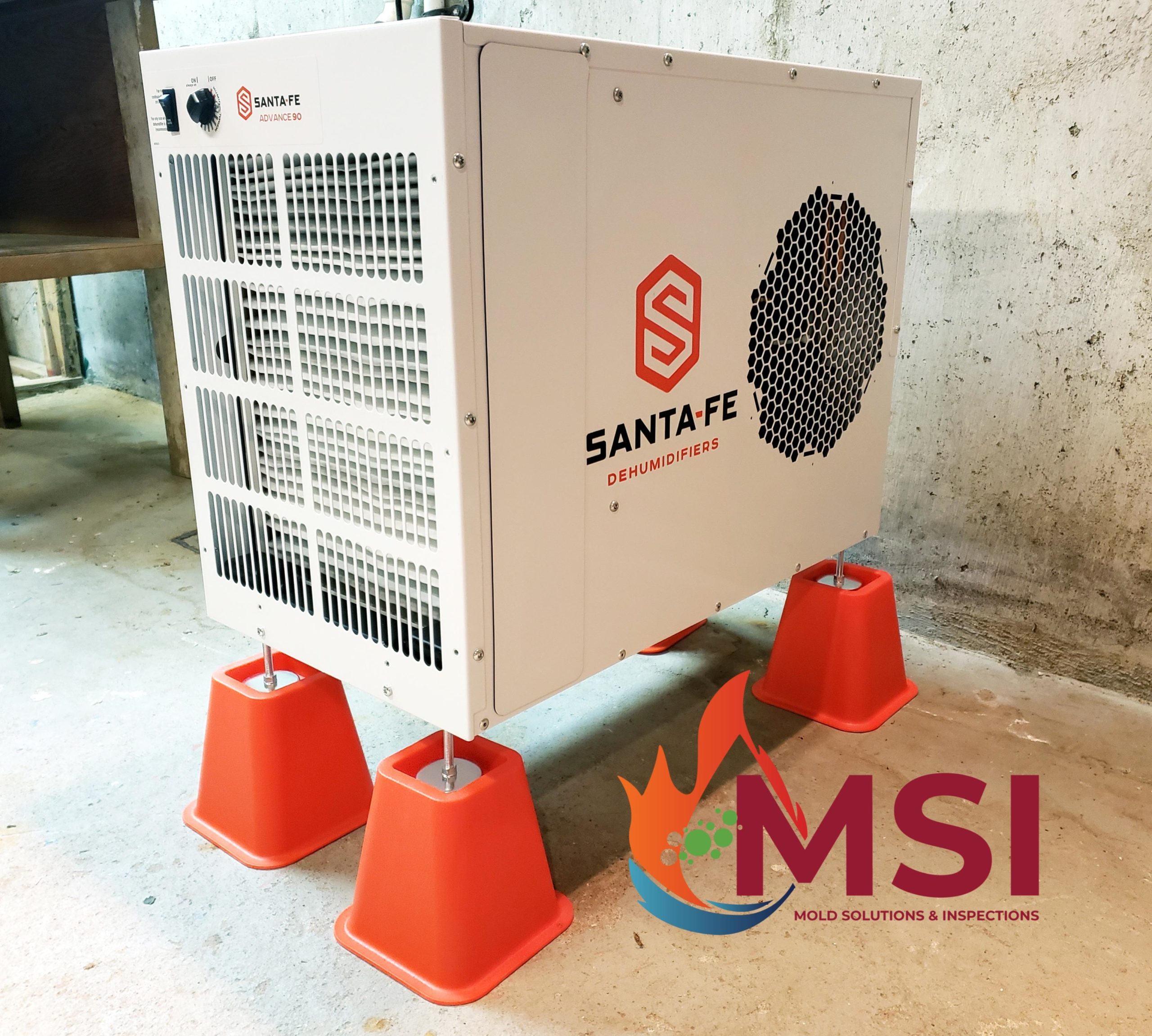Each stage of fungal growth (spore germination, vegetative growth, sporulation) has a specific set of conditions that is optimal. Important conditions in this set are nutrient types and concentrations, light, temperature, oxygen and water availability. Water availability (i.e., water activity) is one of the most important of these. Each fungus has optimal water activities for spore germination, radial growth and sporulation. At optimal water activity, temperature changes will affect each of these processes. Optimum germination, growth and sporulation occur only when all environmental conditions are ideal. For example, Stachybotrys chartarum spores will swell and begin to germinate in distilled water, while Penicillium chrysogenum spores will germinate only if some soluble nutrients are present in the water. These properties have evolved as part of the fungal defense mechanism. The ability of Stachybotrys chartarum spores to germinate in pure water enables this fungus to grow under conditions that are not suitable for many other fungi. The ability of Aspergillus restrictus to grow at a very low water activity (0.69) was measured under optimal conditions for all of the other variables. As these other conditions depart from the optimum, more water is needed to allow continued growth. Practically speaking, this means that most xerophilic fungi will not grow at very low water activities under normal building conditions.
There are sensors on the market that are being used to test the potential for fungal growth on building surfaces. They consist of specific spore types sandwiched between water vapor permeable membranes. They are placed on a surface and read after a number of hours. If germination occurs, then growth is considered possible. The sensors are available with different kinds of fungi, recognizing the fact that different fungi have different optima for spore germination. One should remember, however, that optimal germination conditions may not be the same as those for growth and sporulation, and a positive test does not necessarily mean that conditions are suitable for growth. On the other hand, if germination does not occur, it still may be possible for some other spore type to germinate under the given conditions.
Now, how do we use this information on fungal characteristics to prevent fungal growth? We usually talk about controlling water activity in buildings, and this is the most important and best approach for preventing fungal growth. Controlling water activity in buildings is accomplished by controlling relative humidity and keeping temperatures high enough so that condensation does not occur. This does work. Dry buildings do not become moldy even when really delicious fungal food is available. There are wall-surfacing materials available now that will not hold water. Although still relatively expensive, these materials provide time following water incidents before fungal growth occurs. Where water is inevitable, the next step is to control nutrients. Thus, leaks onto plaster walls rarely result in fungal growth, and hard flooring (tile, marble, hardwood) provide little intrinsic nutrient and can be kept free of accumulated dirt and dust.
Biocides that are included in some paints seek to prevent either germination or growth or both. Some do prevent most spores from germinating but have no effect on the growth rate of those spores that are biocide resistant. Others allow germination but slow or prevent subsequent growth. The important point to remember with biocides is that fungi are adaptable. Optimal requirements for germination, growth and sporulation are genetically determined, and they can change with genetic recombination. Resistance to biocides also changes so that, eventually, some spore is likely to be able to resist even the most potent biocide.
For more information, visit our website at biowashing.com








